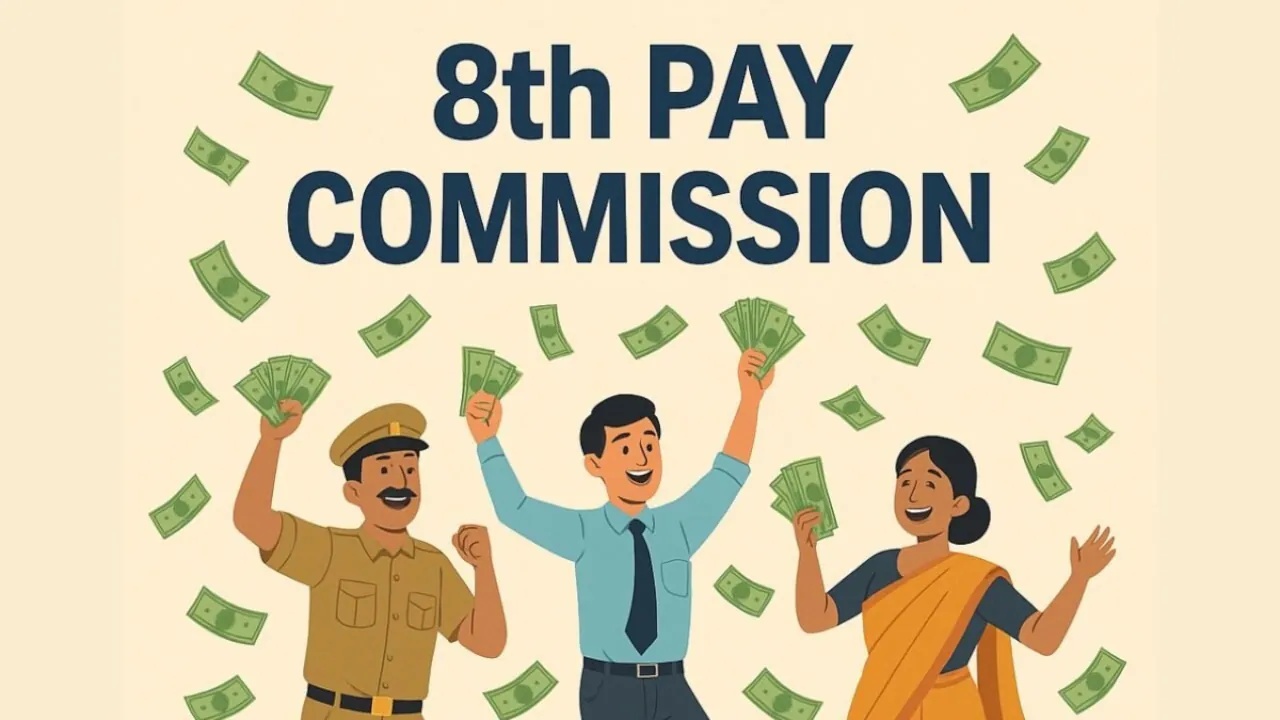
Central Government Salary Reforms: A Timeline for the 8th Pay Commission Rollout
The 8th Central Pay Commission (CPC) is poised to reshape salary structures for millions of central government employees, with financial analysts at Kotak Institutional Equities predicting a phased implementation by late 2026 or early 2027. Despite the anticipated timeline, the government has yet to finalize the composition of the commission or its Terms of Reference (ToR). Historical data from previous CPCs reveal a pattern of approximately 1.5 years for report preparation, followed by 3–9 months of Cabinet approval processes. This suggests the current framework could take several years to materialize, though the exact timeline remains fluid as the government continues consultations with key stakeholders.
Projected Salary Hikes and Fiscal Implications for Central Employees
Kotak’s analysis highlights a potential minimum salary increase from ₹18,000 to ₹30,000 per month, representing a fitment factor of 1.8 and a real pay rise of around 13%. This adjustment is expected to benefit approximately 3.3 million central government employees, with Grade C staff—comprising nearly 90% of the workforce—receiving the most significant gains. The fiscal impact is estimated at 0.6–0.8% of GDP, translating to an additional ₹2.4–3.2 lakh crore in public expenditure. While such hikes typically provide a short-term boost to consumption and savings, particularly in sectors like automobiles and consumer goods, the effects are often temporary, lasting less than a year.
NC-JCM Recommendations and Broader Reforms for Public Sector Workers
The National Council of Joint Consultative Machinery (NC-JCM) has submitted 15 major recommendations to the 8th CPC, emphasizing inclusive coverage for Central Government, Defence, UT, and Grameen Dak Sewaks employees. Key proposals include revising the Aykroyd formula to reflect modern living standards, merging overlapping pay scales, and addressing anomalies in the Modified Assured Career Progression (MACP) scheme. Additional demands focus on integrating Dearness Allowance (DA) with basic pay, restoring the old pension scheme, and enhancing CGHS medical benefits. The Council also advocates for education allowances up to postgraduate levels and risk allowances for railway and defence civilian staff, signaling a comprehensive overhaul of existing compensation frameworks.
Strategic Deliberations and Fiscal Caution in Implementing Reforms
Despite the potential for significant income growth, the government is expected to approach the 8th CPC rollout with fiscal prudence. Analysts note that the projected cost of ₹2.4–3.2 lakh crore will require careful budgetary planning, especially with existing fiscal constraints. The Centre has already received ToR suggestions from the NC-JCM and key ministries, indicating a collaborative approach to shaping the final framework. While the roadmap suggests a major salary revision is imminent, the exact scope and timeline remain under review, reflecting the complexity of balancing employee welfare with national economic priorities.
Long-Term Economic Impact and Sector-Specific Benefits
The anticipated salary hike is projected to inject approximately ₹1–1.5 lakh crore into physical and financial assets, including equities and bank deposits, over the next few years. This influx could stimulate demand in sectors like automobiles and consumer staples, though the short-lived nature of such impacts underscores the need for complementary policy measures. Historical precedents, such as the combined effect of the 7th CPC and One Rank One Pension (OROP) scheme in FY17, which added 2 percentage points to GDP growth, highlight the potential for temporary economic uplift. However, the long-term success of the 8th CPC will depend on its ability to address systemic inequities while maintaining fiscal sustainability.




